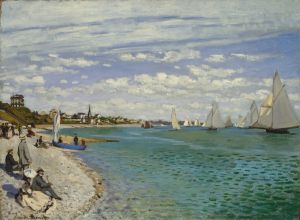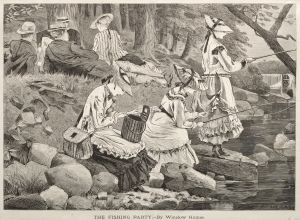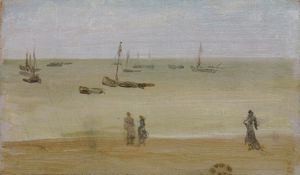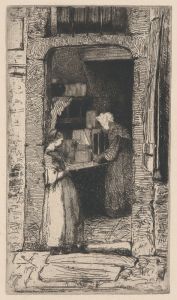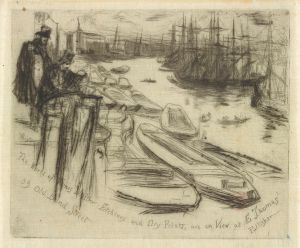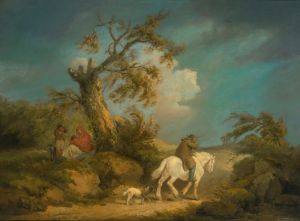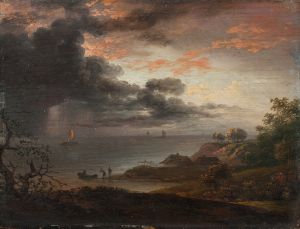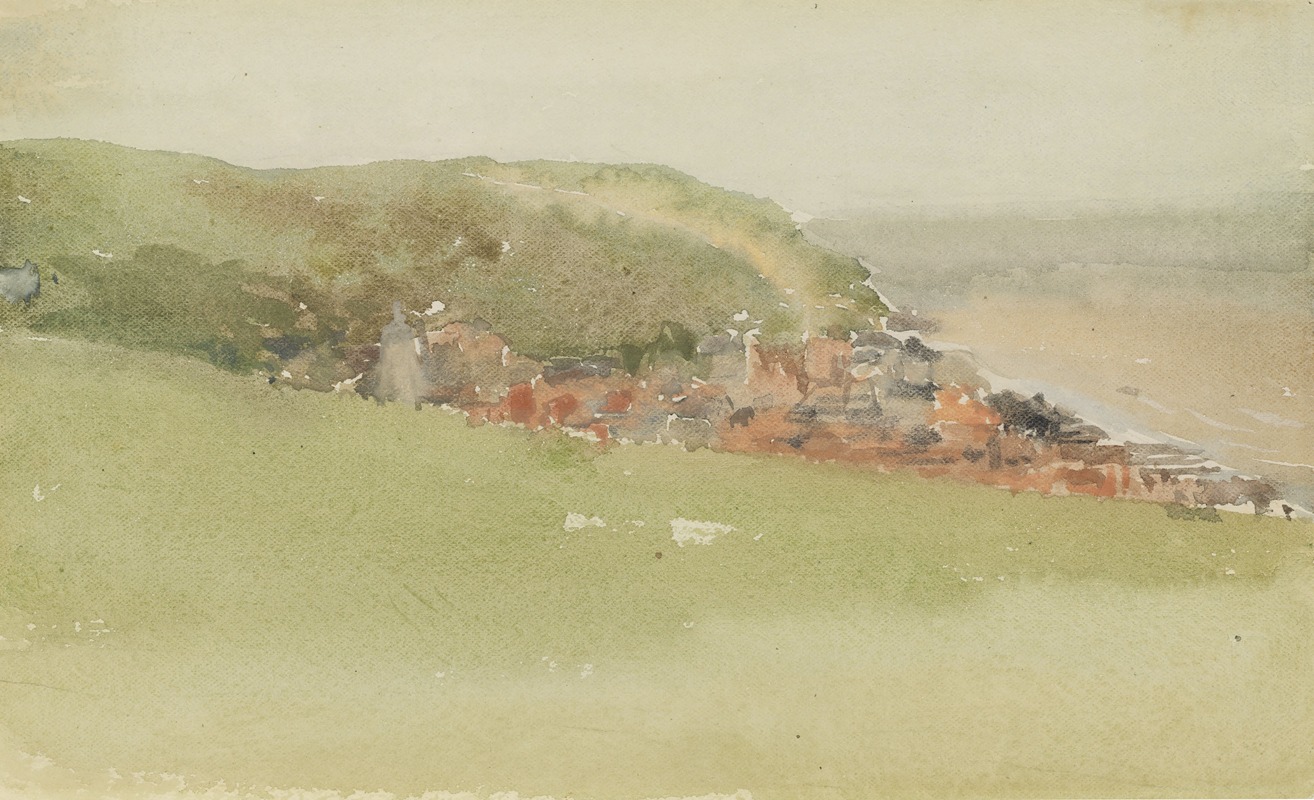
Hastings
A hand-painted replica of James Abbott McNeill Whistler’s masterpiece Hastings, meticulously crafted by professional artists to capture the true essence of the original. Each piece is created with museum-quality canvas and rare mineral pigments, carefully painted by experienced artists with delicate brushstrokes and rich, layered colors to perfectly recreate the texture of the original artwork. Unlike machine-printed reproductions, this hand-painted version brings the painting to life, infused with the artist’s emotions and skill in every stroke. Whether for personal collection or home decoration, it instantly elevates the artistic atmosphere of any space.
James Abbott McNeill Whistler was an American artist known for his significant contributions to the art world during the late 19th century. He is often associated with the Aesthetic Movement, which emphasized the visual and sensual qualities of art and design over practical, moral, or narrative considerations. Whistler's work is characterized by its subtle tonal variations and a focus on the harmony of color and form.
One of Whistler's works is titled "Hastings," which depicts the coastal town of Hastings in East Sussex, England. This painting is part of Whistler's exploration of landscapes and seascapes, capturing the essence of the location with his distinctive style. Whistler was known for his ability to convey mood and atmosphere through his use of color and composition, and "Hastings" is a testament to this skill.
The painting is executed with Whistler's typical restraint and elegance, using a limited palette to create a harmonious composition. The town of Hastings, with its historical significance and picturesque setting, provided Whistler with a rich subject to explore. The painting captures the essence of the town's coastal environment, with its interplay of light and shadow, and the subtle gradations of color that Whistler was renowned for.
Whistler's approach to painting was heavily influenced by his belief in "art for art's sake," a philosophy that prioritized aesthetic beauty over narrative content. This is evident in "Hastings," where the focus is on the visual experience rather than a specific story or message. The painting reflects Whistler's interest in capturing the transient effects of light and atmosphere, a hallmark of his work.
Throughout his career, Whistler was known for his innovative techniques and his ability to blend elements of different artistic traditions. He was influenced by the Japanese art that was becoming popular in Europe at the time, and this is reflected in his use of composition and space. In "Hastings," one can observe the influence of Japanese prints in the simplicity and elegance of the composition.
Whistler's work, including "Hastings," has been celebrated for its contribution to the development of modern art. His emphasis on tonal harmony and the aesthetic qualities of painting paved the way for future movements that would further explore abstraction and the emotional power of color and form.
While specific details about the creation and exhibition history of "Hastings" may not be extensively documented, the painting remains an important example of Whistler's landscape work. It exemplifies his ability to transform a simple scene into a study of mood and atmosphere, inviting viewers to appreciate the beauty of the natural world through his artistic lens.
Overall, James Abbott McNeill Whistler's "Hastings" is a reflection of his artistic philosophy and his mastery of painting techniques. It stands as a testament to his influence on the art world and his enduring legacy as a pioneer of modern art.





